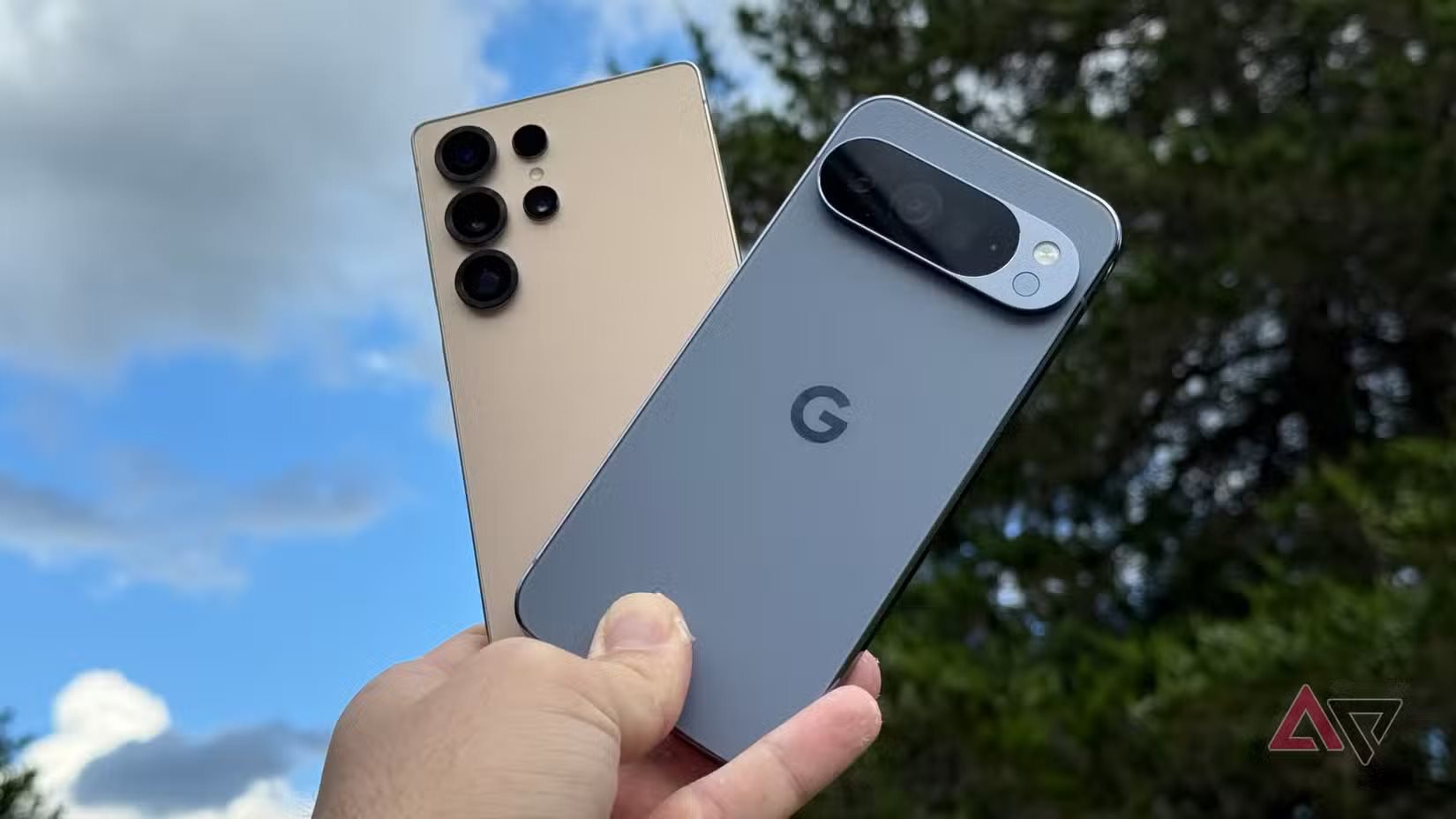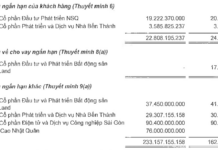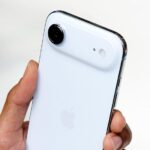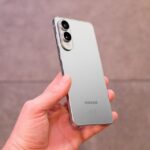
What We Truly Need Are Smaller Phones, Not Thinner Ones
In 2025, Samsung and Apple are reportedly introducing a new phone design for the first time in years, shifting away from their traditional aesthetics. This time, they’ve both focused on creating ultra-thin devices.
The race to produce the thinnest phone possible was a long-forgotten trend until it was reignited by the Galaxy S25 Edge and iPhone Air.
Admittedly, this year’s iPhone Air, at just 5.6mm thick, is an impressive engineering feat.
While it’s not as thin as the Oppo Find N5 (4.2mm), the Oppo model’s limited market availability makes the iPhone Air nearly the thinnest phone accessible to most users.
However, Jon Gilbert of Android Police argues that the pursuit of ultra-thin phones by these brands is misguided. No one truly desires an ultra-thin phone. What users really want is a compact, pocket-friendly device.
Here’s Gilbert’s perspective.
I Still Miss Compact Phones
In September 2021, I traded my Google Pixel 2 XL for an iPhone 13 Mini. Though this brief experiment didn’t last long, it left me with two lasting impressions.
First, I’ll never own another iPhone like that. Second, its size was perfect.
Even now, I vividly recall how the 5.18-inch iPhone 13 Mini fit snugly in my palm. I could effortlessly reach every corner of the screen with my thumb, no stretching required.
After using the 6.22-inch Pixel 2 XL, it felt like shedding an invisible burden I hadn’t realized I was carrying.
The iPhone 13 Mini was the final model in the short-lived Mini series. Yet, smartphone sizes haven’t increased significantly since.
My current phone, the Pixel 8, has a reasonable 5.9-inch height, a key reason I chose it.
However, Android phones still aren’t truly “small.” The Samsung Galaxy S25, at 5.78 inches, is nearly the smallest option available in new smartphones. It’s manageable, but a far cry from the iPhone 13 Mini.
The Case for Smaller Phones
If you’re accustomed to larger devices like the Google Pixel Pro or Samsung Galaxy Ultra, a 5.4-inch screen might seem unacceptable.
But let me assure you: you don’t need all that screen real estate.
While I occasionally watch YouTube videos or play games on my phone, I rarely use the entire screen at once. Most of my time is spent reading, browsing social media, or listening to music.
What’s the point of a massive screen if I only use a fraction of it at any given moment?
Portability is another key factor. I loved how the iPhone 13 Mini fit effortlessly anywhere. I never struggled to pull it out of tight jeans pockets; there was always room to spare. Thumb strain became a thing of the past.
Sure, it’s not ideal for gaming, but how many of us regularly play graphically intensive games on our phones?
The Case Against Ultra-Thin Phones
I was baffled by the launch of the Samsung S25 Edge. Who exactly is this phone for? Apparently, not many, as the Edge line was discontinued due to poor sales.
The iPhone Air is a more impressive engineering achievement, but Apple is also cutting production due to sluggish sales compared to other iPhone 17 models.
It seems no one wants an ultra-thin phone, and I don’t blame them. We stopped caring about phone thickness over a decade ago.
My 2016 Galaxy S7 was thinner and lighter than my Pixel 8, but the difference was negligible in daily use. An ultra-thin phone offers no practical value.
Apple’s iPhone Air promo highlights its 5.6mm thickness and 165g weight. Impressive? My Pixel 8 weighs 187g.
From personal experience, a 20g difference is insignificant in daily use. While thinness makes the phone feel futuristic and portable, its 6.5-inch screen remains unwieldy.
Ultra-Thin Phones Are a Misguided Trend
I’ll admit, ultra-thin phones aren’t selling well, but neither did the iPhone Mini series.
In Q3 2022, the iPhone 13 Mini accounted for just 3% of iPhone sales, compared to 16% for the 13 Pro and 21% for the 13 Pro Max. Apple discontinued the Mini, and rightfully so.
However, while larger iPhones dominate sales, the Android market differs. The Galaxy S25 Ultra captured 48% of S25 sales, but the base S25 model followed with 31%.
Clearly, there’s a stronger demand for smaller Android phones. Hopefully, Google or Samsung will take note and soon deliver a truly one-handed device.
Unmissable Deal: Latest iPhone Now Slashed by Millions in Price!
Just one month after its release, the iPhone Air has seen a significant price drop across authorized dealers, a rare move for a newly launched Apple product.










































